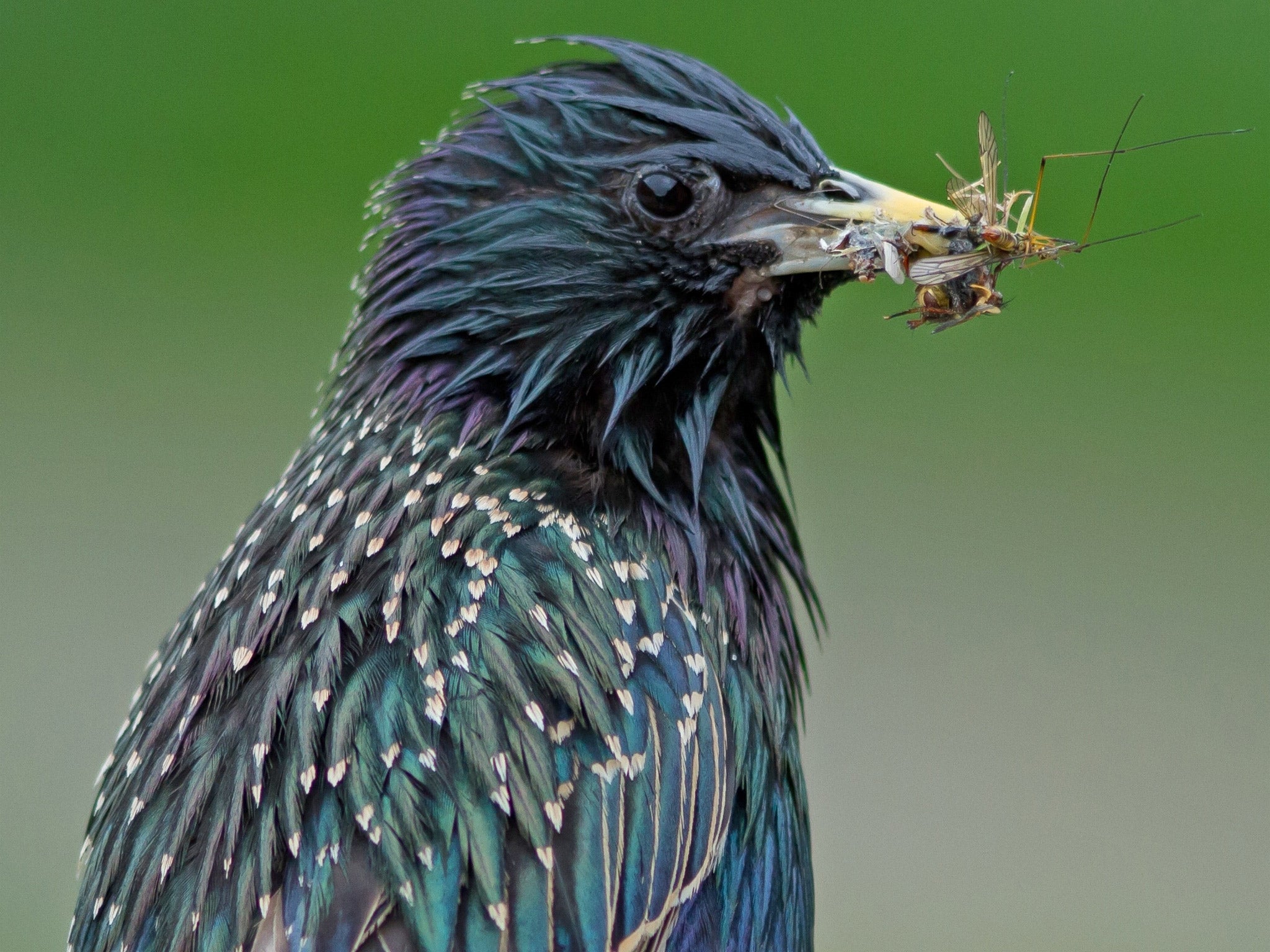Increased use of controversial pesticides linked directly to decline of bird species, scientists show
The results will increase the pressure on the UK Government to change its relaxed stance on neonicotinoids

Your support helps us to tell the story
From reproductive rights to climate change to Big Tech, The Independent is on the ground when the story is developing. Whether it's investigating the financials of Elon Musk's pro-Trump PAC or producing our latest documentary, 'The A Word', which shines a light on the American women fighting for reproductive rights, we know how important it is to parse out the facts from the messaging.
At such a critical moment in US history, we need reporters on the ground. Your donation allows us to keep sending journalists to speak to both sides of the story.
The Independent is trusted by Americans across the entire political spectrum. And unlike many other quality news outlets, we choose not to lock Americans out of our reporting and analysis with paywalls. We believe quality journalism should be available to everyone, paid for by those who can afford it.
Your support makes all the difference.A controversial insecticide that has become one of the most widely used pesticides in the world has for the first time been linked directly with the decline in the number of farmland birds.
Scientists in the Netherlands have shown that 15 species of insect eating birds, such as barn swallows and starlings, have declined significantly over the past 20 years with the increased use of neonicotinoid pesticides, which began to be introduced in the 1990s.
The researchers said that the findings suggest that neonicotinoids, which have been linked with declining numbers of bees and other beneficial pollinating insects, may have wider detrimental impacts on the environment than previously believed.
Their study is the first to find a direct correlation between the neonicotinoid imidacloprid, made by the German company Bayer Cropscience, and the decline of farmland birds. The results will increase the pressure on the UK Government to change its relaxed stance on neonicotinoids, which it believes are safe for the environment.
Caspar Hallmann, an ecologist from Radboud University in Nijmegen, said there was a strong and statistically significant link between levels of imidacloprid found in surface waters and the reported sightings of various bird species, such as warblers, skylarks and mistle thrushes, compiled annually by Dutch ornithologists.
“We found an alarming trend between areas where the neonicotinoid is in the surface waters of The Netherlands and how birds respond to that,” Dr Hallmann said.
“At imidacloprid concentrations of more than 20 nanograms per litre, bird populations tend to decline by 3.5 per cent on average each year. This means that within 10 years you’d expect 30 per cent of the population to decline,” he said.
“This is definitely not proof of causation. However, there is a line of evidence building up suggesting that something is going on here. We know insects have declined in these areas and that insects are an important food for these birds,” Dr Hallmann added.
Last month, a separate group of researchers analysed hundreds of published studies on “neonics” and found that they were linked with the decline of a wide range of wildlife – from honeybees to earthworms and butterflies – that were not the targeted pests of the insecticides.
The latest study, published in the journal Nature, is new research that attempted to analyse the variations in the populations of a wide variety of bird species in different areas of the Netherlands, both before and after the introduction of imidacloprid in 1995.
“We looked very thoroughly for other factors that might relate to these birds’ decline. Our analysis shows that, based on our data, imidacloprid was by far the best explanatory factor for differences in the trends between the areas,” said Professor Hans de Kroon of Sovon, the Dutch Centre for Field Ornithology, who supervised the research.
“Neonicotinoids were always regarded as selective toxins. But our results suggest that they may affect the entire ecosystem. This study shows how important it is to have good sets of field data, and to analyse them rigorously,” Professor de Kroon said.
The researchers failed to find a comparable decline in birds prior to the introduction of imidacloprid and were not able to link the declines in birds to changes in farming methods or land use.
They believe the most likely explanation is that neonicotinoids are causing food shortages for insect-eating birds, particularly when they are feeding their young.
“We could not see the same pattern of decline before the introduction of imidacloprid – we found a completely different pattern. We also looked at land use changes but they could not explain it,” Dr Hallmann said.
“We are starting to see an alarming trend that should now be taken into account by policy makers considering what to do about neonicotinoids,” he said.
The EU has introduced a two year moratorium on certain uses of neonicotinoids, designed to limit the exposure of bees to flowing crops. However, insecticides can still be used as a seed dressing, which means that they will still be leached into surface waters, according to Professor Dave Goulson of Sussex University.
Professor Charles Godfray of Oxford University, who chairs the Department for the Environment’s Pollinator Expert Advisory Group, said: “The strength of this work is that it brings together for the first time datasets on bird populations and neonicotinoid concentrations in the environment to ask very important questions.”
However, Professor Godfray said that it is important to conduct large-scale field experiments on farmland to get much harder data on the effects of neonicotinoids on wildlife.
Raimund Grau, a senior toxicologist at Bayer CropScience, said that the study is biased and implausible: “The basis for the correlation of ‘concentration in water’ leading to ‘decline in food resource, as the investigated species live on emerging insects’ is not substantiated.”
Join our commenting forum
Join thought-provoking conversations, follow other Independent readers and see their replies
Comments